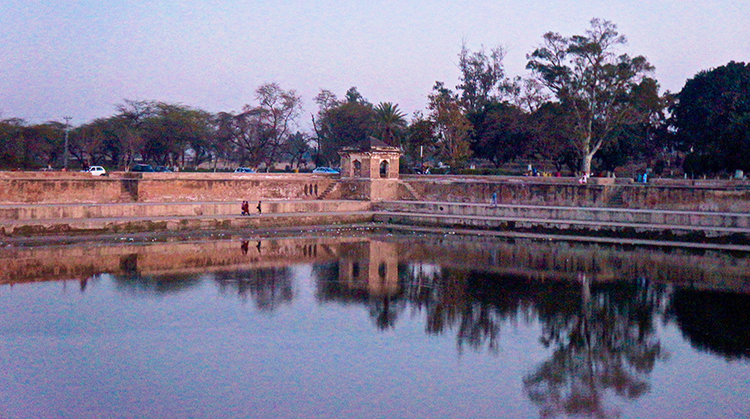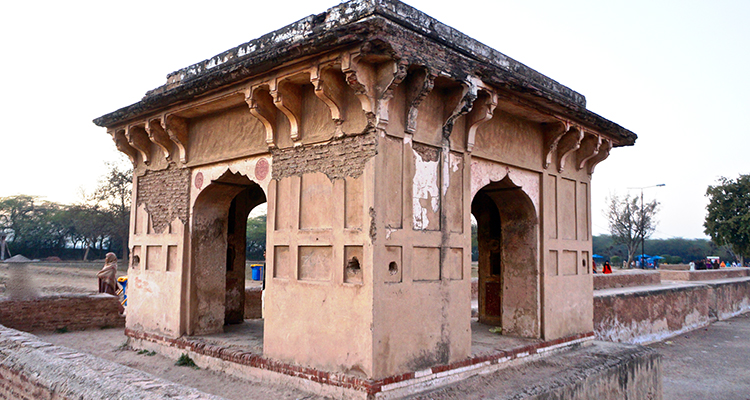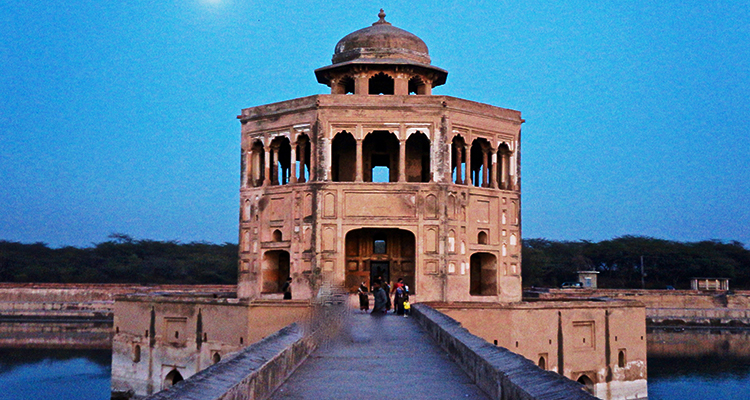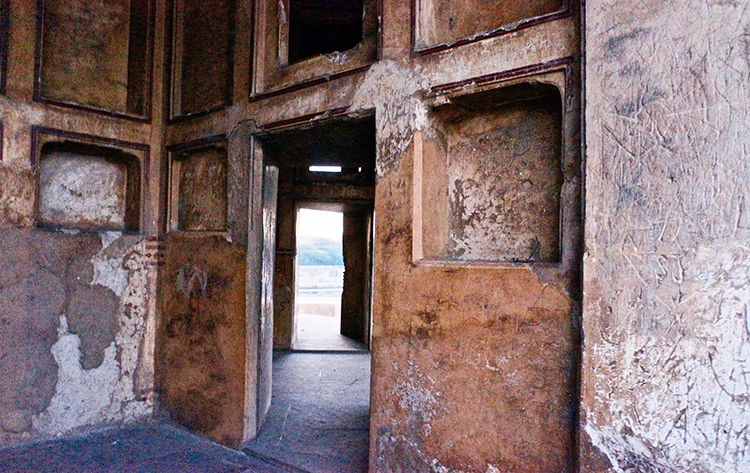Written by: Muhammad Asif Nawaz
Posted on: May 30, 2016 | 
Hiran Minar, Sheikhupura
As I drudge my car along the pitted path into the sprawling complex, a family exits the gate. The woman, exasperation brewing evidently in her indignant tone, says in Punjabi, “If the government takes money for these places, why hasn’t it taken care of the monument?” The sentiment is nothing new – I have heard it far more times than I care to remember at various heritage sites of the country. But then, it’s also a thought whose resonance is never lost on you if you’re an avid traveller – and the prospect of such criminal negligence of our national heritage is a pushing worry.

The Hiran Minar Complex is situated in Sheikhupura, at a distance of around 40 kilometres from Lahore. Easiest access to the place can be availed by the motorways – exiting the Hiran Minar interchange, from where it’s just a question of a few kilometres and following the sign boards until you reach the place. The town of Sheikhupura was named after its founder, the Mughal Emperor Jehangir (nicknamed Shekhu), who often visited the place for hunting purposes. It is said that during one of his hunting expeditions, his pet antelope Mansraj died at this spot, and so Jehangir had a minaret erected in its memory in the year 1607. Another version of the story holds that Jehangir actually hunted his own antelope, mistaking it for a wild one – but the truth of this version is disputed. According to the epitaph designed by Mulla Muhammad Hussain Kashmiri in honour of the antelope, Mansraj was also born at this place – it was a wild antelope, but after apparent capture by the Mughal hunters, gave up its wild demeanour, became domesticated, and was hailed as the leader of Mughal antelopes.

The Minar is circular in shape, and said to taper upwards – which you cannot appreciate given the Mughal geometrical precision. A circular staircase leads you to the top, but is inaccessible since entry into the minaret is forbidden. The length of the minaret is said to be around 100 feet, and 210 shapely windows are drawn in it regularly. Although it’s the minaret that lends the place its name, it pales in comparison to the baradari and the water tank, owing to its simplicity.

The latter was also built under the supervision of Jehangir after an interval of about thirteen years, in 1620. A gated bridge leads you to the baradari, which the Emperor fancied as a royal resting place. Staircases also lead you into the water from the baradari area. Although these do not serve a significant purpose anymore, they would have at the time of their creation. Emperor Shah Jahan, Jehangir’s successor, is said to have added substantially to the structure of the baradari in 1683 AD. The water tank is almost square in shape, and was fed by a special channel during the Mughal period. Nowadays, it’s probably being nourished only by sewage and rain-water.

The Hiran Minar is one of the most superior Mughal sites of Punjab if not Pakistan, second perhaps only to Jehangir’s tomb in appeal and the Wazir Khan Mosque in architectural richness. Although almost none of the heritage sites of Punjab are in any enviable supervision, this place is a specific tale of sorrow. The water could most definitely use a clean-up, for one. The grounds of the complex could be tuned up. Renovation works at some places need to be called for desperately. Still, there are very few places that remain enchanting in spite of such drawbacks, and the last resting place of Mansraj is most certainly one of them.
All images have been provided by the author.
You may also like: